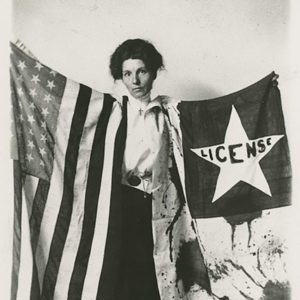 Bernie Babcock, Suffragist
Bernie Babcock, Suffragist
Time Period: Early Twentieth Century (1901 - 1940) - Starting with B
 Bernie Babcock, Suffragist
Bernie Babcock, Suffragist
Babcock, Bernie
aka: Julia Burnelle Smade Babcock
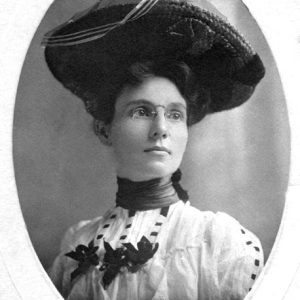 Bernie Babcock
Bernie Babcock
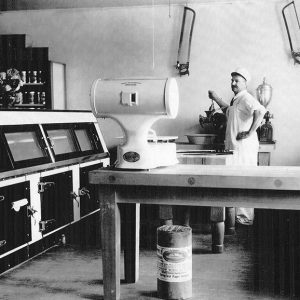 Bacherl's Meat Market
Bacherl's Meat Market
Bachman’s Warbler
aka: Vermivora bachmanii
Back Yonder, An Ozark Chronicle
Baerg, William J.
Bagley-Ridgeway Feud
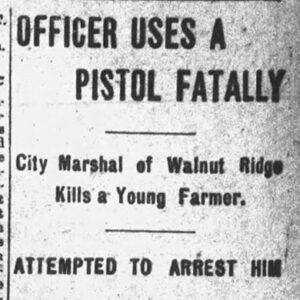 Bagley-Ridgeway Feud Article
Bagley-Ridgeway Feud Article
 Bailey Family
Bailey Family
 Bailey Lynching Article
Bailey Lynching Article
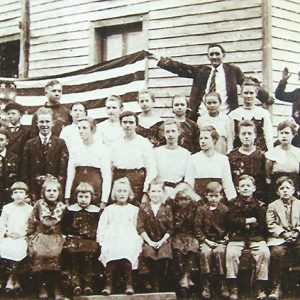 Bailey School
Bailey School
Bailey, Bob
aka: Robert Ballard Bailey
 Bob Bailey
Bob Bailey
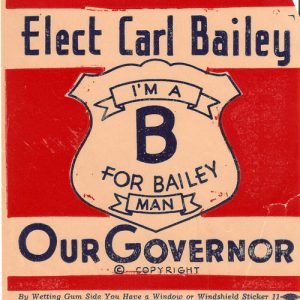 Carl Bailey Sticker
Carl Bailey Sticker
 Carl Bailey
Carl Bailey
 Carl Bailey Postcard
Carl Bailey Postcard
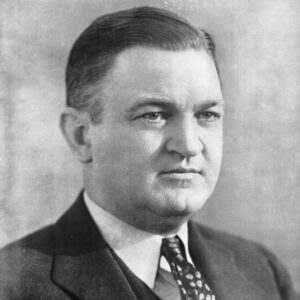 Carl Bailey
Carl Bailey
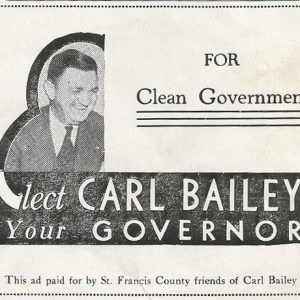 Carl Bailey Ad
Carl Bailey Ad
Bailey, Carl Edward
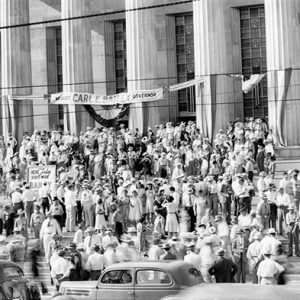 Bailey Reelection Campaign
Bailey Reelection Campaign
Bailey, George (Lynching of)
Bailey, O. C.
aka: Olin Cavanaugh Bailey
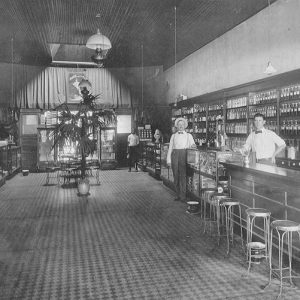 Baker Drugs
Baker Drugs
 Baker School Students
Baker School Students
Baker, Basil
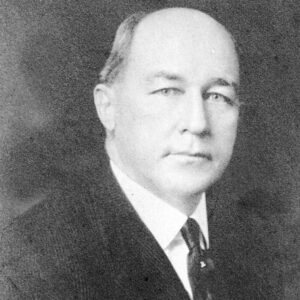 Basil Baker
Basil Baker
Baker, Norman
 Bald Knob Depot
Bald Knob Depot
 Bald Knob State Bank
Bald Knob State Bank
 Bald Knob Street Scene
Bald Knob Street Scene
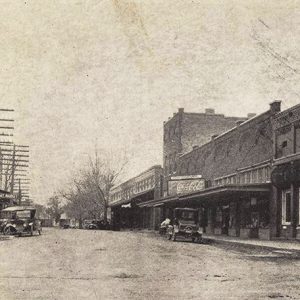 Bald Knob Street Scene
Bald Knob Street Scene
 Bald Knob Street Scene
Bald Knob Street Scene
Ballard, George Pool
 Bandini Memorial
Bandini Memorial
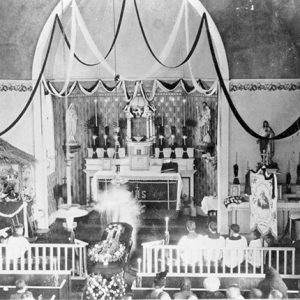 Pietro Bandini Funeral
Pietro Bandini Funeral
 Pietro Bandini
Pietro Bandini
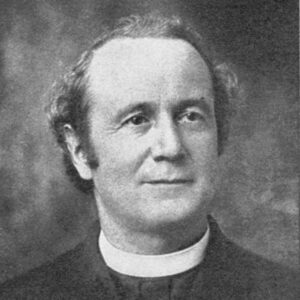 Pietro Bandini
Pietro Bandini
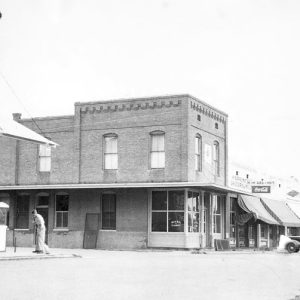 Bank of Cabot
Bank of Cabot
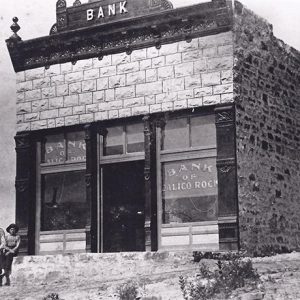 Bank of Calico Rock
Bank of Calico Rock
Bank of Carthage
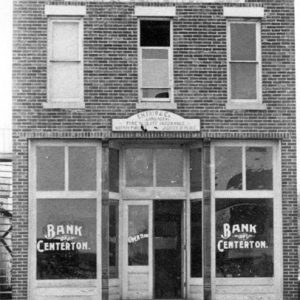 Bank of Centerton
Bank of Centerton
 Bank of Commerce
Bank of Commerce
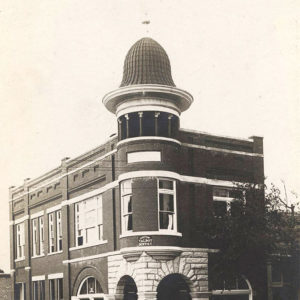 Bank of Fordyce
Bank of Fordyce
Bank of Osceola
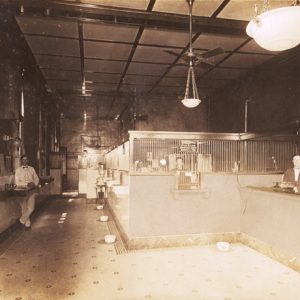 Bank of Prescott
Bank of Prescott
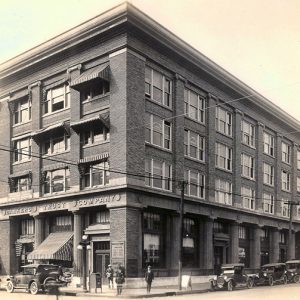 Bankers' Trust Company
Bankers' Trust Company
Banks, Alfred
 Baptism Service on Caddo River
Baptism Service on Caddo River
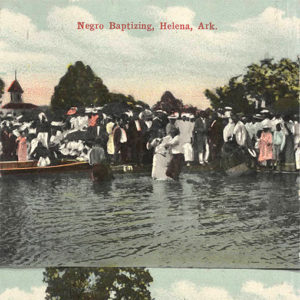 Baptisms
Baptisms




